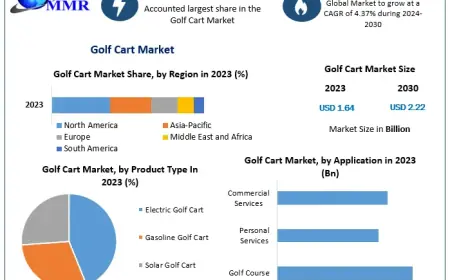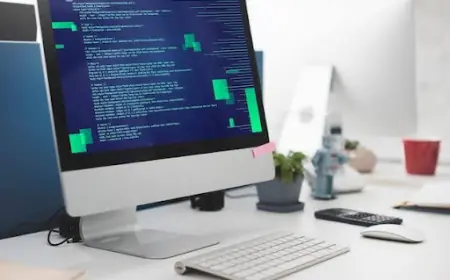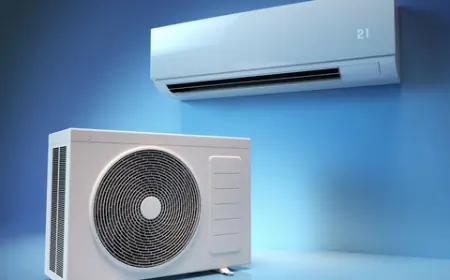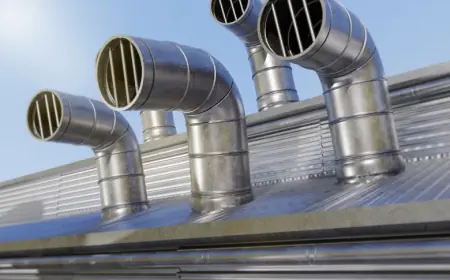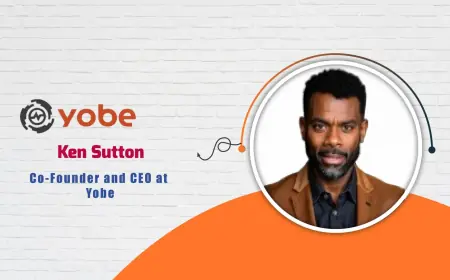From Diagnosis to Cure: A Journey Through Varicose Veins Treatments
Varicose veins can be more than just a cosmetic issue; they often cause discomfort and pain, affecting your daily life. Understanding the journey from diagnosis to treatment can help you manage this condition more effectively. In this comprehensive guide, we will explore various aspects of varicose veins treatment, from initial symptoms to advanced treatment options.
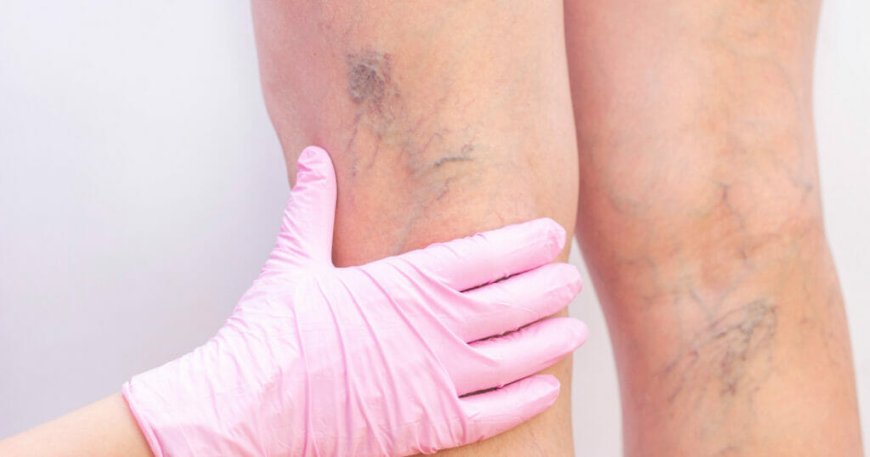
What Are Varicose Veins?
Varicose veins are swollen, twisted veins that are visible just beneath the surface of the skin. They most commonly appear in the legs and feet. This condition occurs when veins fail to function properly, leading to blood pooling and vein enlargement.
Symptoms of Varicose Veins
The symptoms of varicose veins(علاج الدوالي في الرياض) can range from mild to severe and may include:
- Visible Bulging Veins: Prominent veins that are blue or purple.
- Pain and Discomfort: Aching, heaviness, or throbbing in the legs.
- Swelling: Especially noticeable in the lower legs and ankles.
- Itching: A feeling of irritation or itching around the affected veins.
Understanding these symptoms is crucial for early diagnosis and effective varicose veins treatment.
Diagnosing Varicose Veins
Initial Consultation
If you suspect you have varicose veins, the first step is to consult with a healthcare professional. They will perform a physical examination and discuss your symptoms to assess the severity of your condition.
Diagnostic Tests
To confirm the diagnosis, several tests may be conducted:
- Ultrasound: This is the most common test used to visualize blood flow and detect any abnormalities in vein function.
- Doppler Imaging: Measures the direction and speed of blood flow to evaluate how well your veins are working.
These diagnostic tools are essential in determining the appropriate varicose veins treatment for your specific condition.
Non-Surgical Varicose Veins Treatments
Lifestyle Changes
For mild cases of varicose veins, lifestyle changes can significantly alleviate symptoms:
- Regular Exercise: Activities like walking or swimming improve circulation and reduce vein pressure.
- Weight Management: Maintaining a healthy weight helps minimize the strain on your veins.
- Elevating Legs: Regularly elevating your legs can reduce swelling and improve blood flow.
Compression Therapy
Compression stockings are often recommended to help manage symptoms. These stockings apply gentle pressure to the legs, which aids in blood flow and reduces swelling.
Sclerotherapy
Sclerotherapy is a minimally invasive procedure where a special solution is injected into the affected veins. This solution causes the veins to collapse and eventually be absorbed by the body. Sclerotherapy is effective for treating smaller varicose veins and spider veins.
Laser Treatment
Laser treatment uses focused light to heat and close off varicose veins. This non-invasive procedure is often used for smaller veins and can be effective with minimal downtime.
Minimally Invasive Surgical Treatments
Endovenous Laser Therapy (EVLT)
Endovenous Laser Therapy (EVLT) is a popular option for treating larger varicose veins. During this procedure, a laser fiber is inserted into the vein through a catheter. The laser heat causes the vein to close and be reabsorbed by the body. EVLT is known for its effectiveness and relatively quick recovery time.
Radiofrequency Ablation (RFA)
Radiofrequency Ablation (RFA) is similar to EVLT but uses radiofrequency energy instead of laser. A catheter is inserted into the vein, and radiofrequency energy is applied to heat and seal the vein. This technique is effective and is often used for veins that are too large for sclerotherapy.
Surgical Treatments for Severe Cases
Vein Stripping and Ligation
In more severe cases, vein stripping and ligation might be necessary. This surgical procedure involves removing the affected vein through small incisions. Although it is more invasive, it is effective for treating extensive varicose veins.
Ambulatory Phlebectomy
Ambulatory Phlebectomy is a minimally invasive surgery where small incisions are made to remove the varicose veins. This procedure is often used in conjunction with other treatments and can provide significant relief for patients with larger veins.
Post-Treatment Care
Recovery and Aftercare
After undergoing any varicose veins treatment, it is essential to follow post-treatment care instructions to ensure proper healing. This may include:
- Wearing Compression Stockings: To support the healing process and improve circulation.
- Avoiding Prolonged Standing or Sitting: To prevent blood from pooling in the legs.
- Regular Follow-Up Appointments: To monitor recovery and address any concerns.
Managing Expectations
While treatments can significantly improve symptoms and appearance, it’s important to have realistic expectations. Some patients may require more than one treatment session, and maintaining a healthy lifestyle can help prevent future issues.
Conclusion
From the initial diagnosis to the various varicose veins treatments available, understanding your options is key to managing this condition effectively. Whether you opt for non-surgical methods or advanced surgical procedures, a tailored approach can help alleviate symptoms and improve your quality of life. Consulting with a healthcare professional and exploring the right treatment options will set you on the path from diagnosis to a successful cure.
By staying informed and proactive, you can take control of your health and enjoy a future free from the discomfort of varicose veins.
What's Your Reaction?
 Like
0
Like
0
 Dislike
0
Dislike
0
 Love
0
Love
0
 Funny
0
Funny
0
 Angry
0
Angry
0
 Sad
0
Sad
0
 Wow
0
Wow
0
